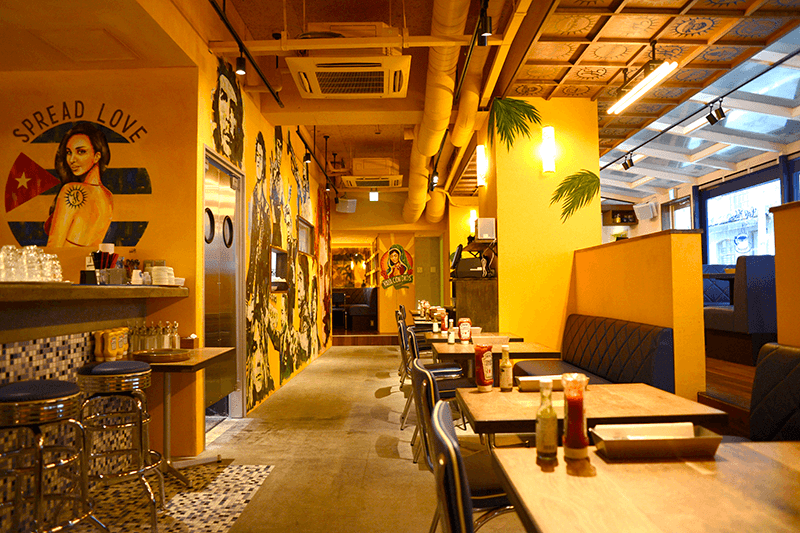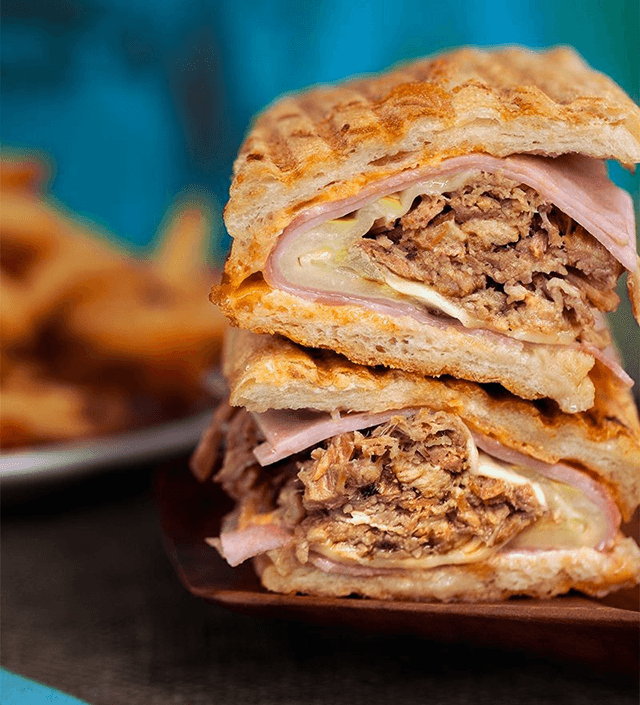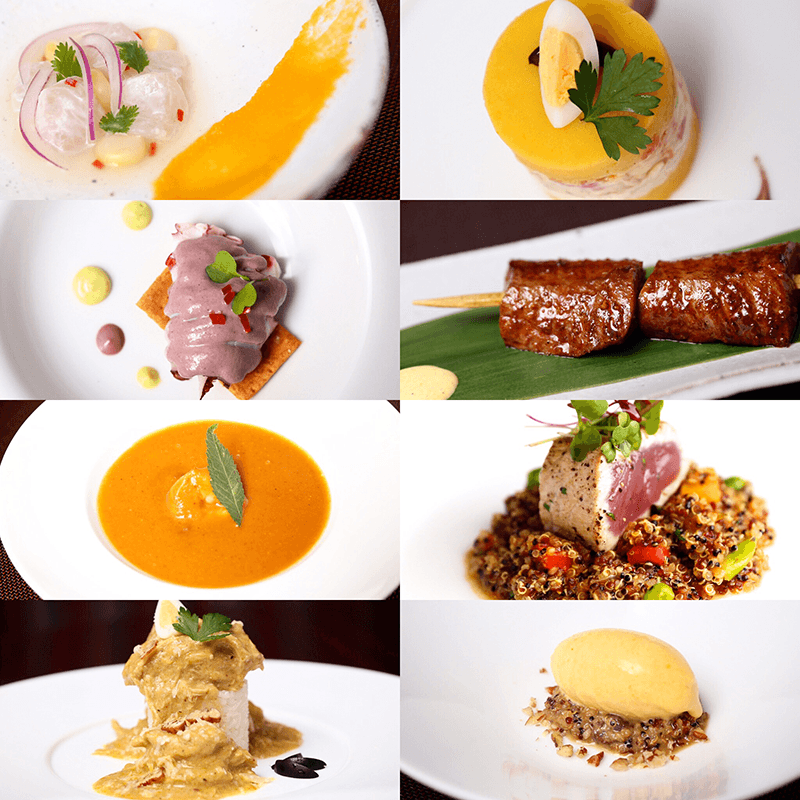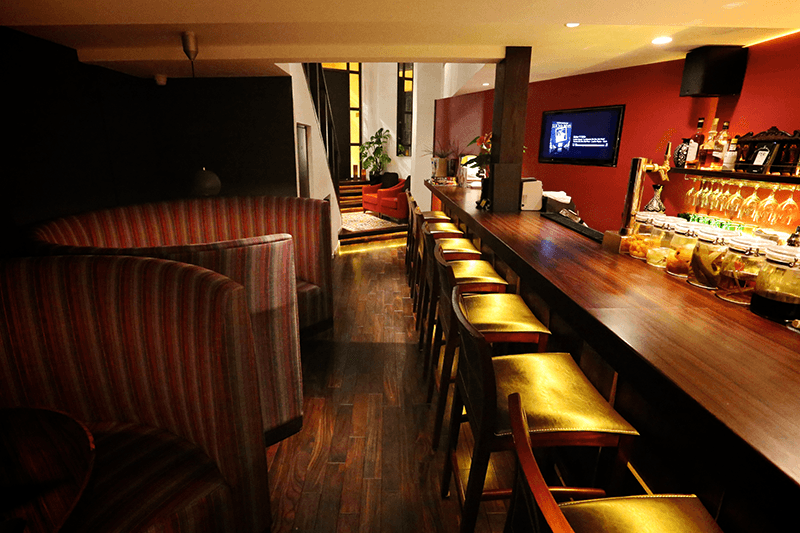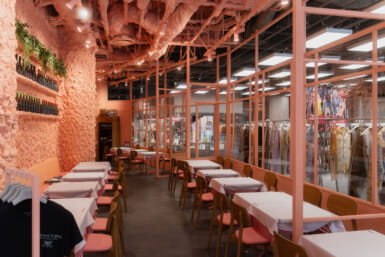Three intriguing options to help you keep you fluent in the cuisines of the Spanish-speaking world.

Café Habana
Imagine Che Guevara when he was spending time in Mexico City during the 1950s, and you’ll understand the concept behind this restaurant that has become a celeb hotspot, particularly in New York and Malibu in the US. We loved the Cuban sandwich (roasted pork, ham, and cheese on toasted crusty bread) and the roasted Mexican corn, decked in Cortija cheese, chile powder, and a squeeze of lime. We also dug the funky decor – 1950s retro with more than a bit of punk ’tude and the pictures of various pop icons. www.cafehabana.jp
Ogasawara-Hakushaku-Tei
Don’t let the Japanese name fool you: this restaurant is Spanish down to its very foundations. In 1927, the 30th Count of Ogasawara had the building made to his specifications after spending time in Europe. It was renovated and transformed into a restaurant in 2002, and specializes in contemporary Spanish cuisine with a decidedly individual approach, courtesy of Chef Gonzalo Alvarez, who worked at some of Barcelona’s best known restaurants before coming to Tokyo. Lunches and dinners are two-hour affairs at the briefest, served leisurely over seven and eight courses. Arrive early – or stay later – to stroll the grounds, beverage in hand, and imagine that you’re royalty for a spell. ogasawaratei.com/en
Bépocah
A visit to this Peruvian restaurant goes to show that a meal of beautiful food made from exotic ingredients doesn’t need to leave you feeling hungry on your way home. One of the best ways to get a sense of what this unique cuisine has to offer is by trying out a tasting course, which takes you from fresh, spicy ceviche and grilled meat to hearty soups and a stew that features the grain of the moment, quinoa. You’ll also want to sample their selection of pisco (Peruvian brandy), either in a pisco sour – the country’s national drink – or in a selection of concoctions made from the potent, flavorful stuff. Just be careful: it packs a punch. www.bepocah.com

